Join Us for the 2020 Organic Agriculture Research Forum
 October 15, 2019 – OFRF and Tuskegee University are pleased to announce the 2020 Organic Agriculture Research Forum (OARF) to be presented in partnership with the Southern Sustainable Agriculture Working Group (SSAWG). The Forum takes place on Thursday, January 23, 2020 in Little Rock, Arkansas, as part of the 2020 SSAWG Conference.
October 15, 2019 – OFRF and Tuskegee University are pleased to announce the 2020 Organic Agriculture Research Forum (OARF) to be presented in partnership with the Southern Sustainable Agriculture Working Group (SSAWG). The Forum takes place on Thursday, January 23, 2020 in Little Rock, Arkansas, as part of the 2020 SSAWG Conference.
Farmers, students, and researchers who would like to apply for a scholarship of up to $600 to attend the forum should fill out the scholarship application no later than November 22nd, 2019.
The day-long forum will bring together scientists, organic farmers and ranchers, extension agents, non-profit organizations, and more to explore the latest research and science-based grower education, particularly as it relates to production in the southeast. Topics will range from assessing the impact of organic agriculture on climate change, to soil health, and pest and disease management.
The forum will feature many opportunities to learn from fellow attendees and presenters, beginning with oral presentations focused on research that addresses production, economic, and social challenges in organic farming and ranching. After the presentations, there will be a series of facilitated roundtable discussions, followed by a poster session and reception held in conjunction with SSAWG. The poster session will include a “People’s Choice” award and an award for “Best Research Poster” juried by a small panel of judges. Voting will take place during the Thursday evening reception.
The conference and scholarships are supported by Ceres Trust and the Organic Agriculture Research and Extension Initiative (OREI) grant no. 2019-51300-30250 from the USDA National Institute of Food and Agriculture.
Organic Farming Research Foundation (OFRF) is a non-profit foundation that works to foster the improvement and widespread adoption of organic farming systems. OFRF cultivates organic research, education, and federal policies that bring more farmers and acreage into organic production.
Southern SAWG facilitates the development of a more sustainable food and agriculture systems across 13 states in the Southern U.S. Since 1992 they have provided high quality educational materials and training opportunities on sustainable and organic production, marketing strategies, farm management, and community food systems development. Each year the Southern SAWG Conference brings together over 1,000 farmers, researchers, educators, and others in the sustainable agriculture field to share practical tools and information and strengthen their working relationships. The 2020 Southern SAWG conference will take place in Little Rock, Arkansas on January 22-25, 2020.
Tuskegee University has initiated an organic farming program for over 10 years to educate Alabama residents on the health benefits of organic vegetables. The program has grown in recent years to include site specific organic farming research on various vegetable crop varieties and integrated pest management throughout the Southern United States to provide recommendations to organic growers. Dr. Kpomblekou-A has served as director of the program at Tuskegee University since 2016.
Contact:
communications@ofrf.org



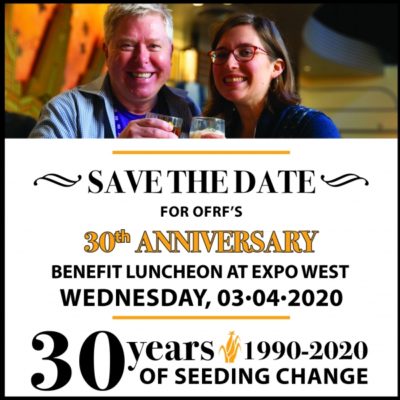
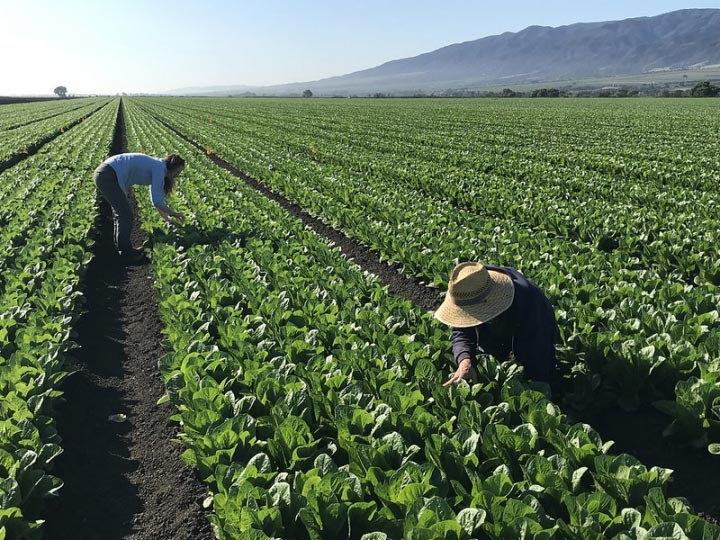 October 7, 2019 – The Organic Farming Research Foundation (OFRF) and Organic Seed Alliance (OSA) are pleased to be among the recipients of the U.S. Department of Agriculture’s (USDA) National Institute of Food and Agriculture (NIFA) awards announced last week. The grant was awarded through NIFA’s Organic Research and Extension Initiative (OREI).
October 7, 2019 – The Organic Farming Research Foundation (OFRF) and Organic Seed Alliance (OSA) are pleased to be among the recipients of the U.S. Department of Agriculture’s (USDA) National Institute of Food and Agriculture (NIFA) awards announced last week. The grant was awarded through NIFA’s Organic Research and Extension Initiative (OREI).
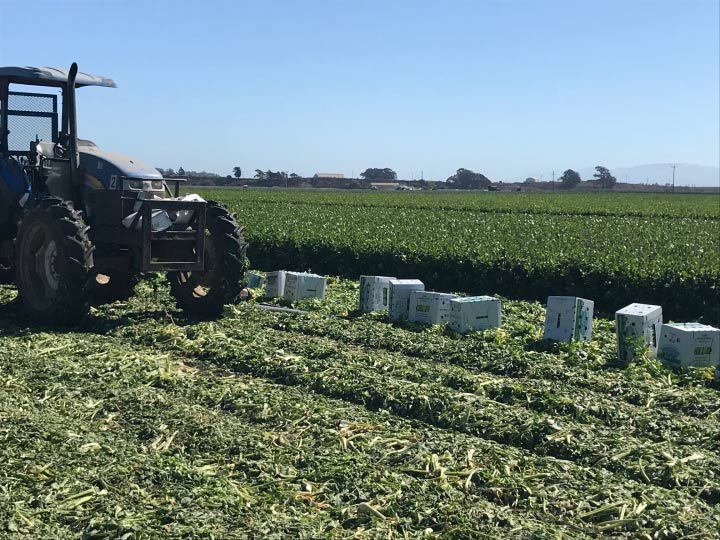
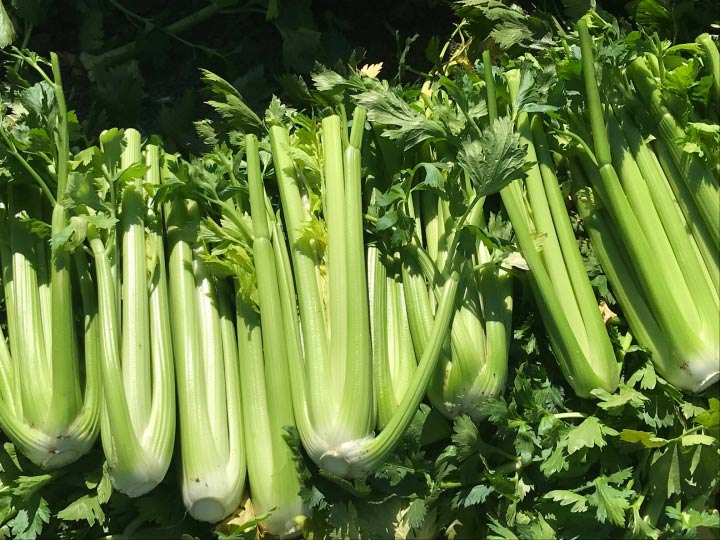
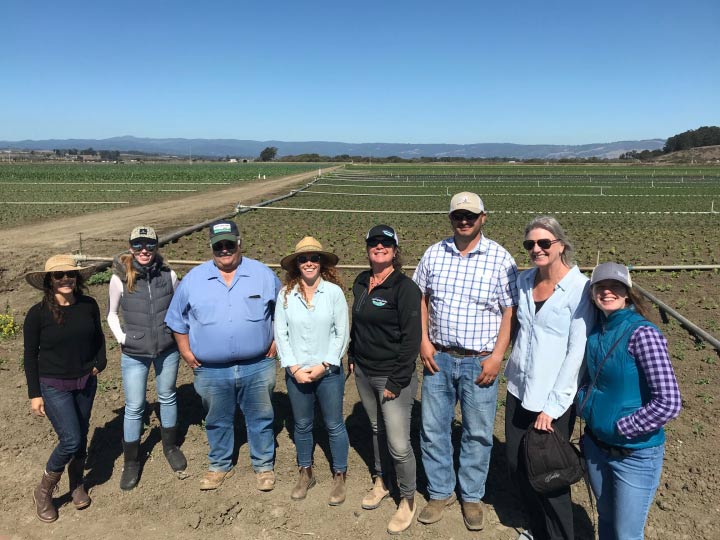



 Edmund Frost, Farmer, Common Wealth Seed Growers LLC, Louisa, Virginia
Edmund Frost, Farmer, Common Wealth Seed Growers LLC, Louisa, Virginia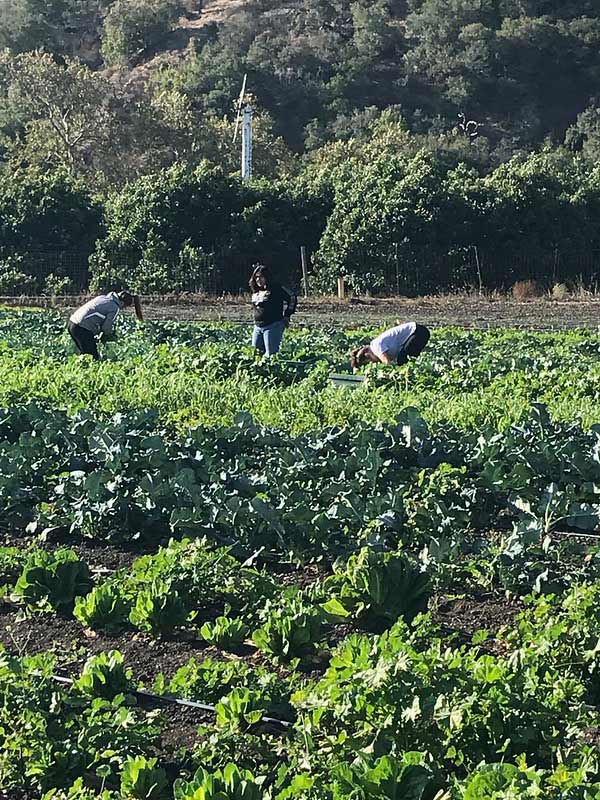 Aysha Peterson, Ph.D. Student, University of California, Santa Cruz
Aysha Peterson, Ph.D. Student, University of California, Santa Cruz